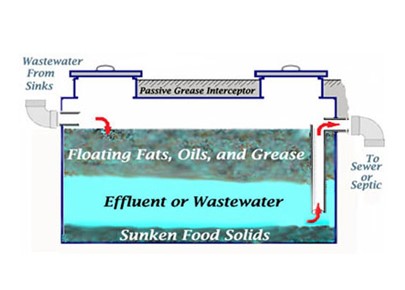Melbourne’s Premier Grease Trap Maintenance: Expert Cleaning and Pump out Services
The technician will transport the grease trap waste to our facility where the waste is processed to separate the grease by the gravity separation of fats, oils and grease followed by pH adjustment and solids removed. The sludge is then reused by organic processing facilities in their composting process, the residual material can also be applied to agricultural pastures. Water separated from the grease trap is disposed of as a trade waste down the sewer.
Our highly trained and experienced team of technicians safely collect, treat and recycle your grease trap waste at our licensed liquid waste treatment facility.
Our technician will remove the grease trap contents from your premises and will clean any built up residue of fats from the walls of your grease trap and wash them down. The technician will provide you with the appropriate paperwork and EPA Waste Transport Certificate which is completed and lodged with the EPA once the technician returns to our treatment facility.
The technician will transport the grease trap waste to our facility where the waste is processed to separate the grease by the gravity separation of fats, oils and grease followed by pH adjustment and solids removed. The sludge is then reused by organic processing facilities in their composting process, the residual material can also be applied to agricultural pastures. Water separated from the grease trap is disposed of as a trade waste down the sewer.



